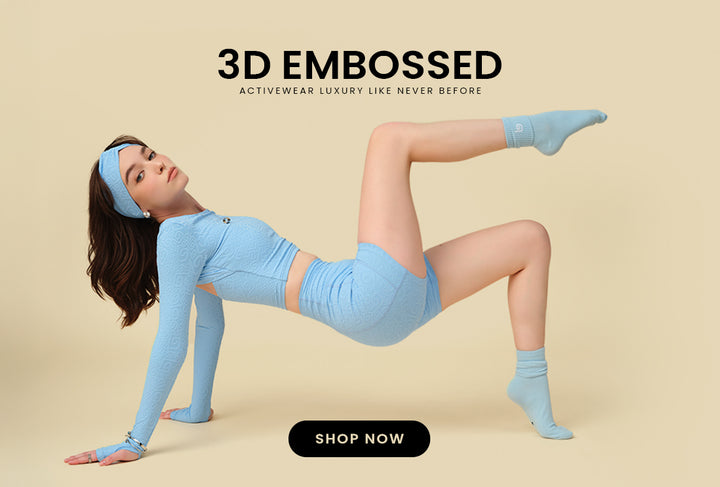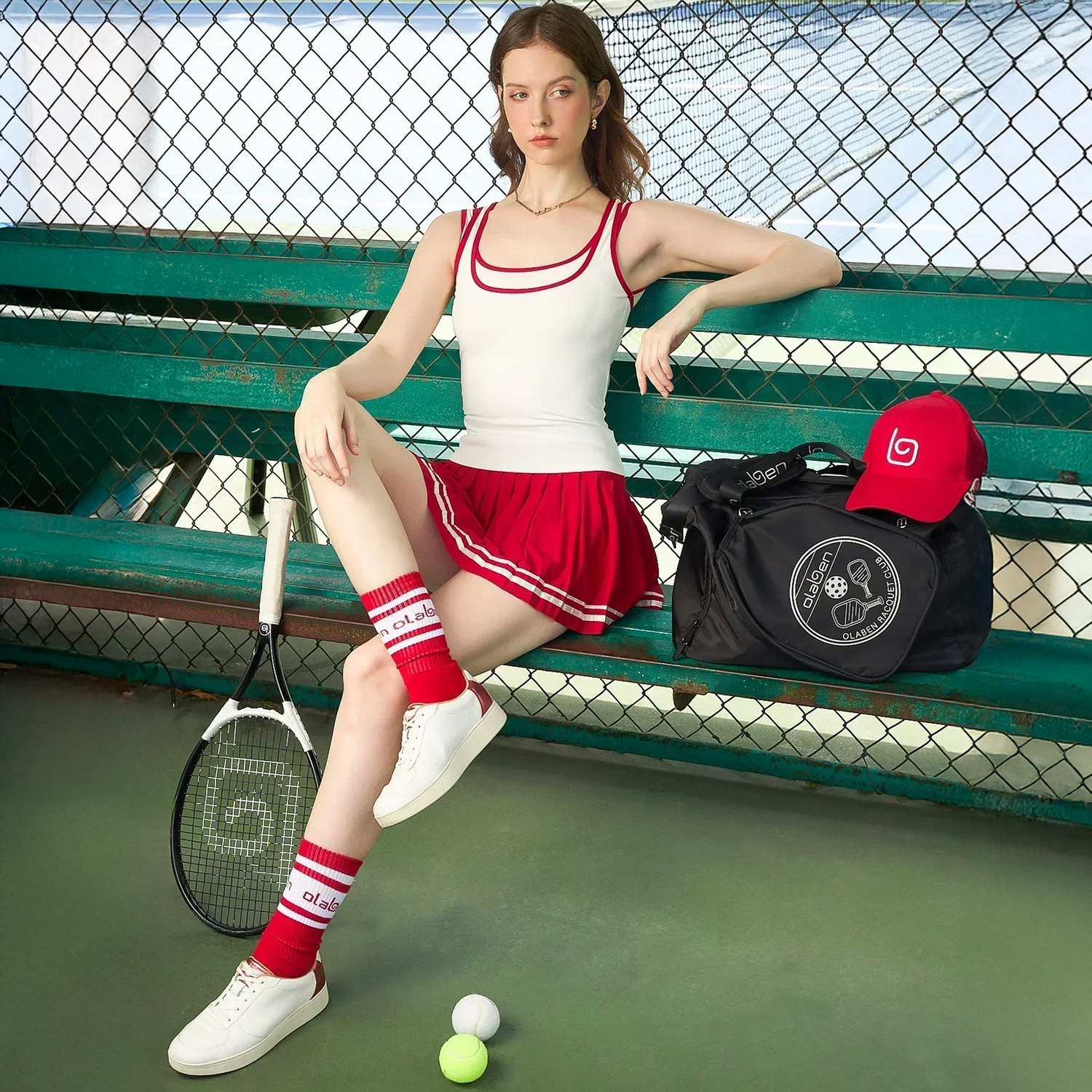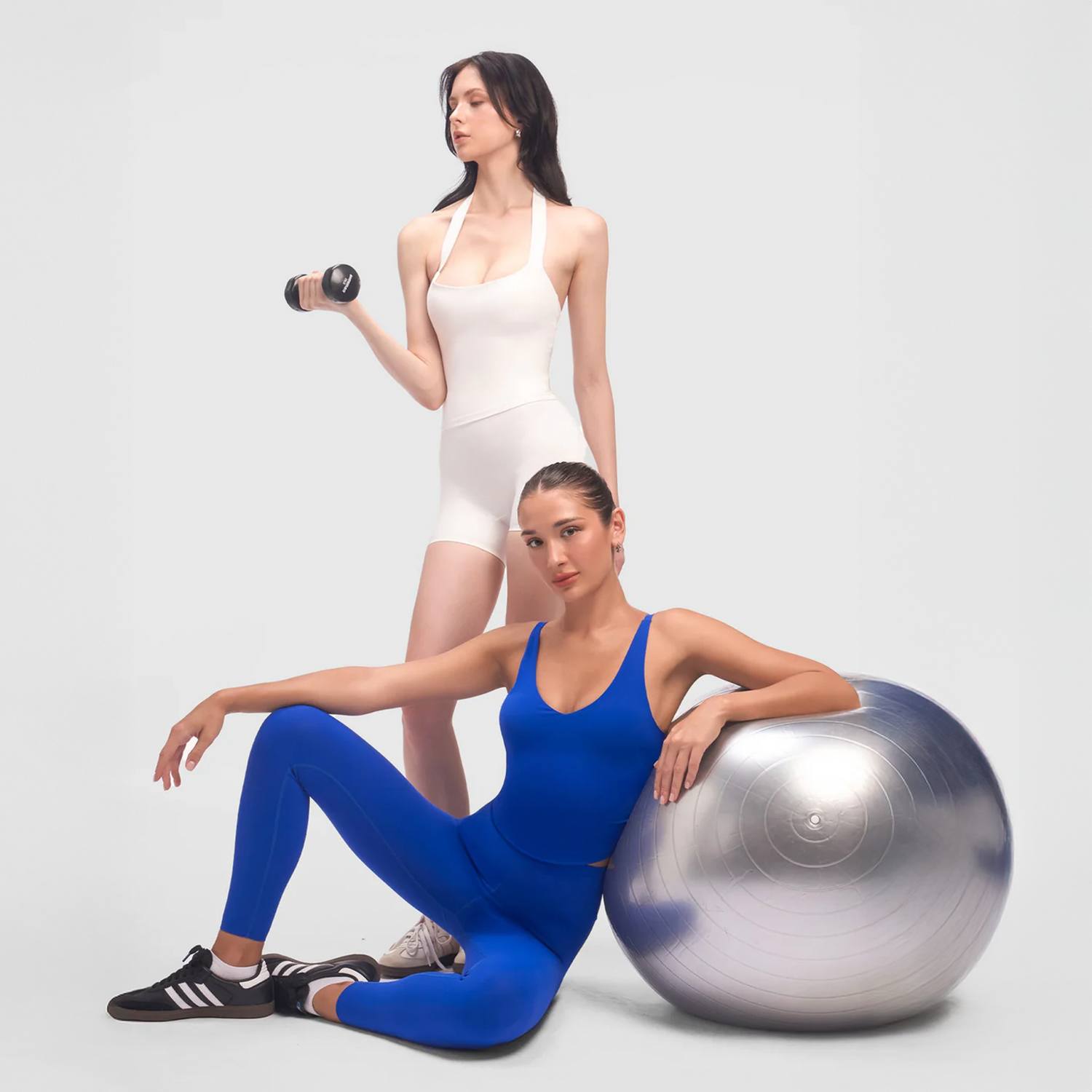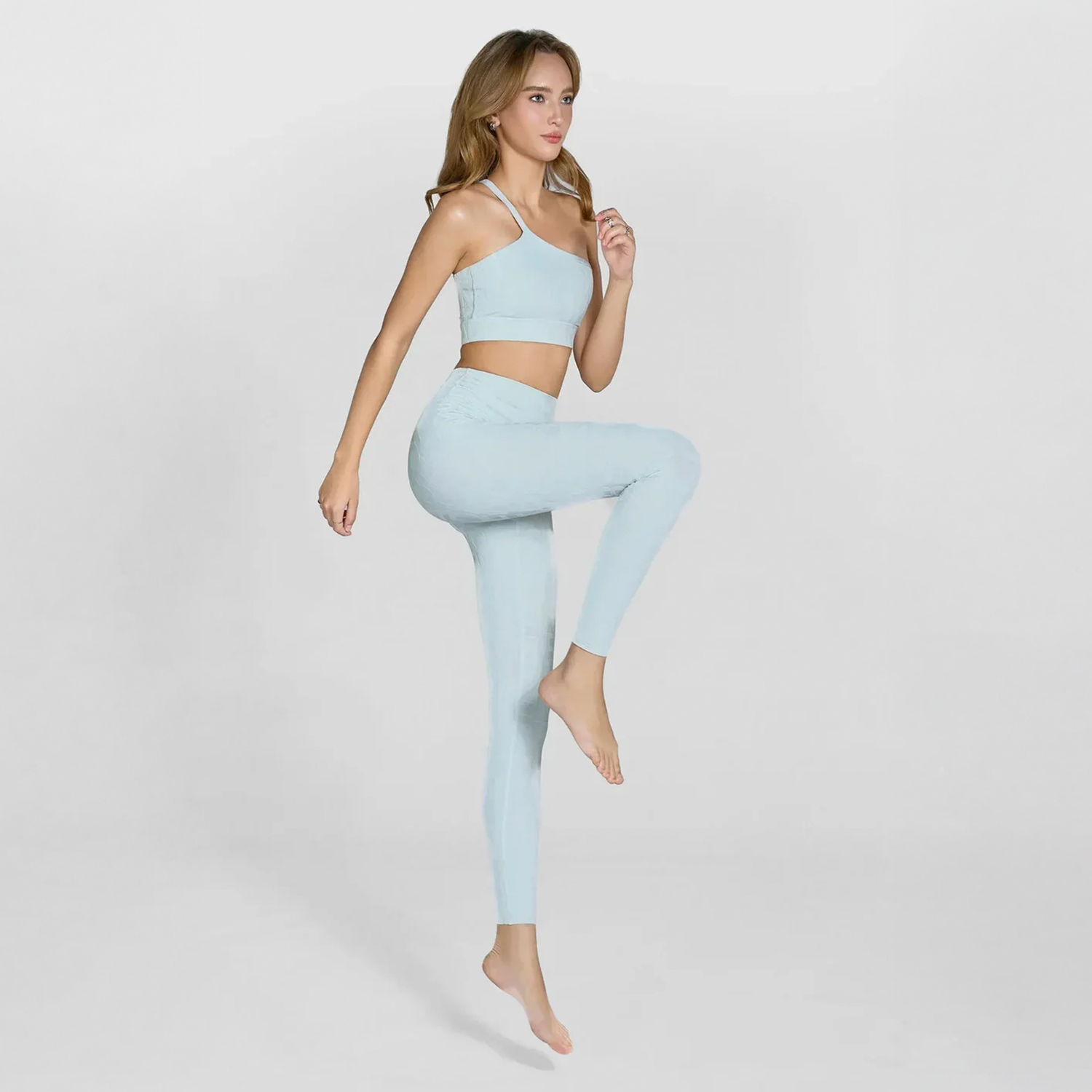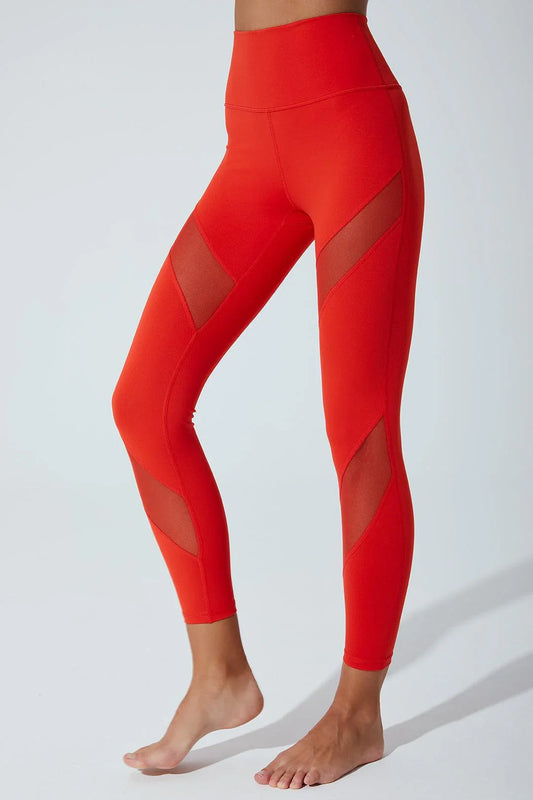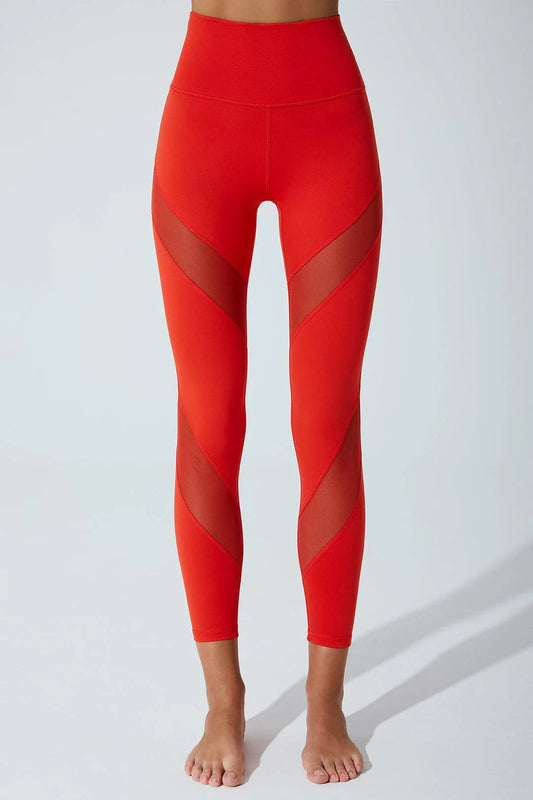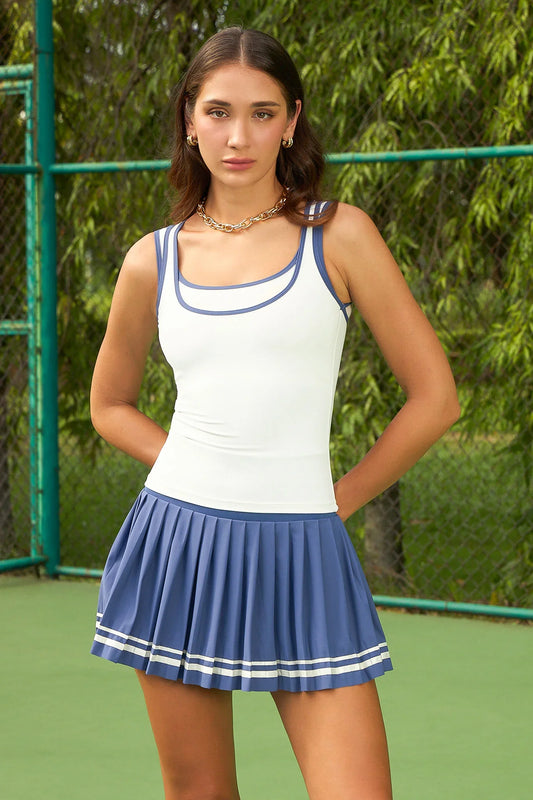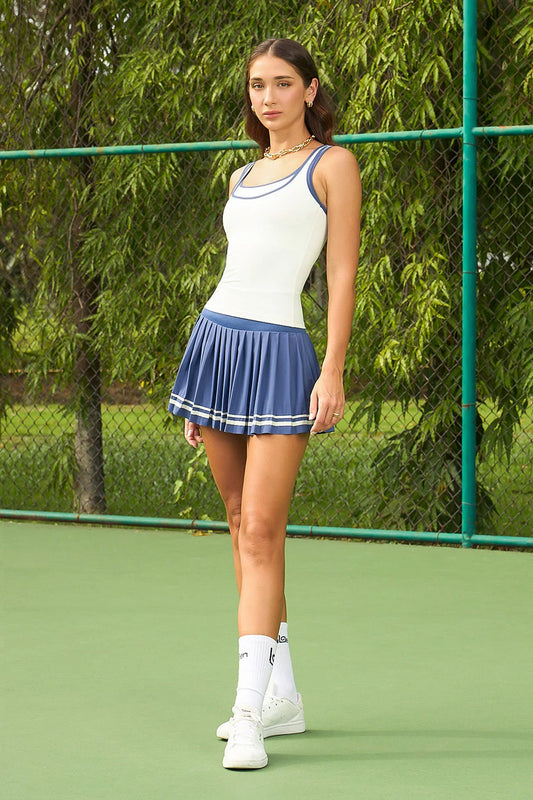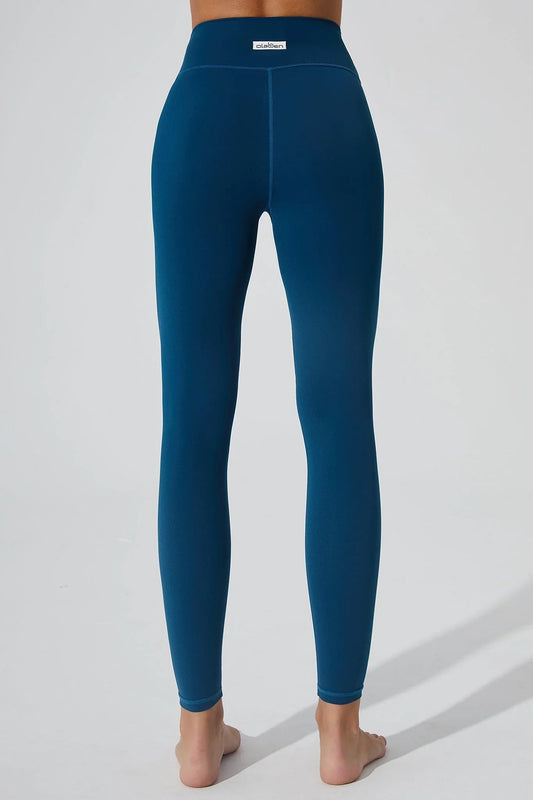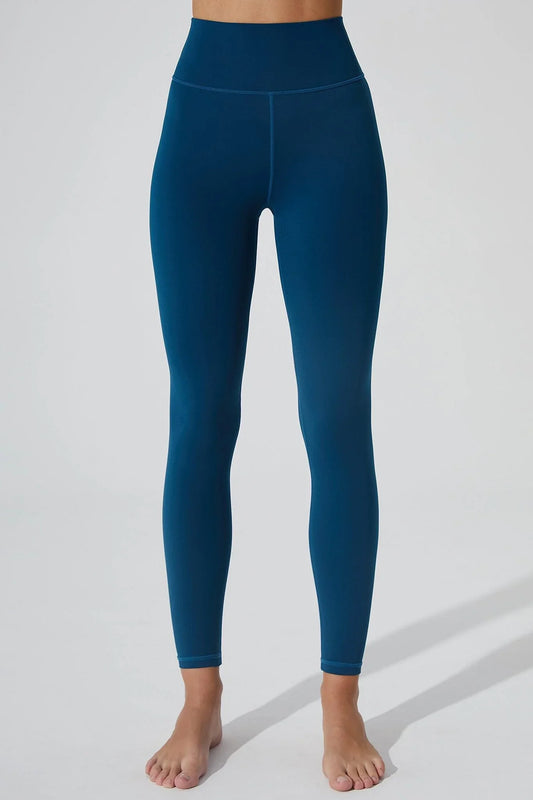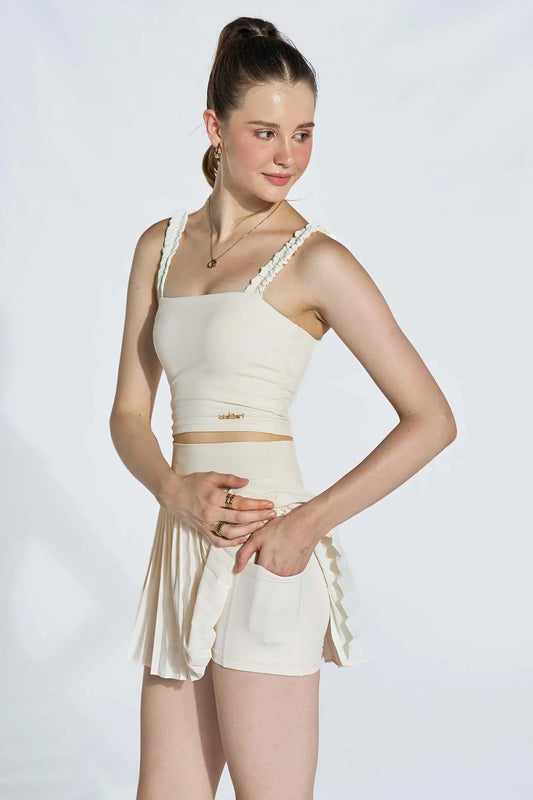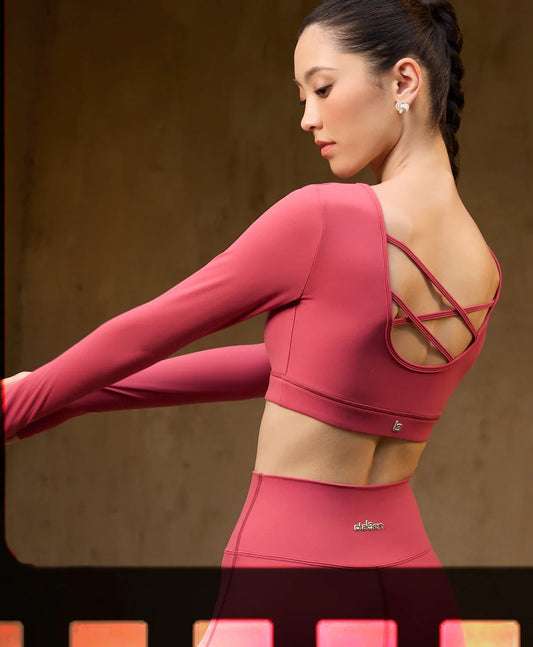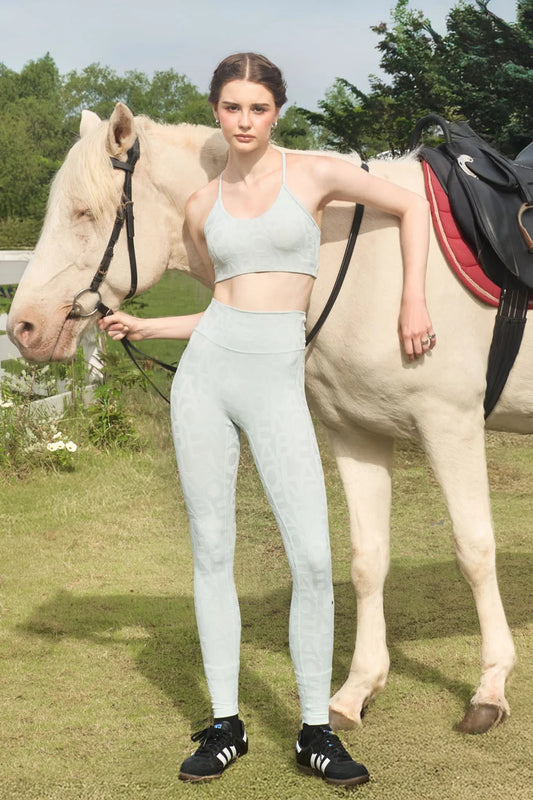Pilates is a training method that combines strength, flexibility, and breath control. Besides mat Pilates, different types of Pilates machines were developed to help practitioners achieve results faster and more safely. Pilates machines are designed with a wooden or metal frame, a system of springs, straps, and a sliding carriage to adjust the intensity of each movement. Thanks to this, both beginners and those recovering from injuries can practice with ease. In this article, Olaben will explore the most common types of Pilates machines.
1. Cadillac Pilates — Full-Body Training Bed
- Description / Appearance: a tall metal frame, resembling a “bed” with four corner posts, crossbars, straps, springs, and accessories (trapeze, push-through bar, etc.).
- Space & Size: takes up significant space (ideal for studios).
- Experience: gives a sense of being “held” and supported during lifts/arm presses, while allowing hanging or deep stretching movements.
- Typical Exercises: roll-up with straps, hanging leg springs, breaststroke on the push-through bar.
- Main Benefits: enhances flexibility, full-body strength, spinal rehabilitation, ideal for advanced practice.
- Who Should Use: intermediate–advanced students, rehabilitation under expert guidance.
- Buying Tips: check frame sturdiness, safety standards of hooks/springs, and ask about safety locks and included accessories.

2. Reformer Pilates
- Description / Appearance: rectangular frame (wood or metal) with a padded carriage on sliding rails, adjustable resistance springs, footbar, and straps.
- Space & Size: available in full-size and folding versions for home use.
- Experience: smooth gliding motion, spring resistance creates a “push–pull” sensation, very versatile.
- Typical Exercises: leg press, footwork, short box series, long stretch.
- Main Benefits: improves core strength, balance, and range of motion; suitable for beginners to advanced.
- Who Should Use: all levels — for both studio and home; folding or compact models suit small spaces.
- Buying Tips: prioritize smooth rails, quality springs, adjustable footbar and carriage; choose folding models for home use to save space.

3. Reformer with Half Tower
- Description / Appearance: a Reformer integrated with a tower (upright bars + straps/springs) at one end — combining vertical and horizontal push/pull movements.
- Space & Size: similar to a Reformer but with added tower height.
- Experience: blends horizontal (gliding) and vertical (up/down push-pull) resistance, offering more variations.
- Typical Exercises: tower spring arm series, leg springs + carriage combos, hanging abdominal work.
- Main Benefits: versatile, expands exercise options, enhances full-body strength.
- Who Should Use: studios seeking variety, trainers needing multiple options for clients.
- Buying Tips: check tower height, pulley and hook safety; ensure multiple adjustable positions.

4. Pilates Wunda Chair (Chair)
- Description / Appearance: tall chair with pedals/pistons or internal springs; compact design, sometimes with handles.
- Space & Size: highly space-saving, easy to fit in small rooms.
- Experience: deeply targets core, glutes, and thighs; many exercises require balance on the pedal.
- Typical Exercises: standing leg press, seated push-downs, teaser variations on the chair.
- Main Benefits: builds leg strength, stabilizes core, useful for rehab.
- Who Should Use: small-space users, rehab, or as a complement to Reformer classes.
- Buying Tips: choose sturdy structure, smooth pedals, safe springs; for group classes, select durable and low-maintenance models.

5. Ladder Barrel Pilates
- Description / Appearance: a curved “barrel” paired with ladder rungs on one side — used for backbends, stretching, and stabilization.
- Space & Size: medium size, requires surrounding space for extensions and rotations.
- Experience: provides deep spinal stretching, posture control, ideal for chest opening and strong extensions.
- Typical Exercises: back extensions, side bends, trunk rotations, stretch series.
- Main Benefits: improves spinal flexibility, corrects posture, supports scoliosis/kyphosis rehab.
- Who Should Use: those needing posture/flexibility improvement, studios aiming for full equipment sets.
- Buying Tips: ensure padded barrel surface, sturdy ladder, adjustable distance between barrel and ladder.

6. Spine Corrector Pilates
- Description / Appearance: small semi-cylindrical or low-arched equipment, lightweight and compact.
- Space & Size: very compact, easy to place in a corner.
- Experience: focuses on the upper back, relaxing sensation after bending, helps open the chest.
- Typical Exercises: pelvic curls, chest lifts, side stretches, oblique releases.
- Main Benefits: corrects posture, relieves back tension, supports light rehab.
- Who Should Use: office workers, seniors, people needing posture recovery.
- Buying Tips: choose padded, non-slip surface, and moderate curve (not too high for beginners).

7. Tips for Choosing the Right Pilates Equipment
Quick Checklist Before Deciding
- Training Goal: rehab — prioritize Spine Corrector, Wunda Chair; strength/advanced — Reformer, Cadillac, Reformer with Half Tower.
- Available Space: small home → Folding Reformer/Spine Corrector/Wunda Chair; studio → invest in Reformer + Cadillac + Ladder Barrel.
- Budget: studio-grade equipment costs more than home models. Define budget, add delivery, setup, and maintenance fees.
- Users & Frequency: studios with classes require commercial-grade models; individuals can choose lighter/compact versions.
- Material & Durability: wood (aesthetic, warm) vs. metal (durable, strong); check joints, rails, springs, screws.
- Adjustability: easy-to-adjust footbar, carriage, and spring positions allow variety for different body types.
- Safety & Certification: ask about safety standards, warranty, and installation guidance.
Specific Recommendations by Needs
- Beginners & Home Users: Folding Reformer or Spine Corrector + 1 small Wunda Chair.
- Pilates Studios (multi-class): at least 2–4 Reformers (or Reformer with Half Tower), 1 Cadillac, 1 Ladder Barrel, several Wunda Chairs.
- Rehabilitation / Physical Therapy: Spine Corrector + Wunda Chair + Reformer (with light springs).
- Space-Saving but Versatile: Folding Reformer + 1 compact Ladder Barrel + Spine Corrector.
Pilates equipment brings more variety, safety, and effectiveness compared to mat practice. Depending on your goals, available space, and budget, you can choose from Reformers, Cadillac, Wunda Chair, Ladder Barrel, to Spine Corrector. Choosing the right machine not only improves health and physique but also enhances posture and overall quality of life.
